- Home
- Articles
- Architectural Portfolio
- Architectral Presentation
- Inspirational Stories
- Architecture News
- Visualization
- BIM Industry
- Facade Design
- Parametric Design
- Career
- Landscape Architecture
- Construction
- Artificial Intelligence
- Sketching
- Design Softwares
- Diagrams
- Writing
- Architectural Tips
- Sustainability
- Courses
- Concept
- Technology
- History & Heritage
- Future of Architecture
- Guides & How-To
- Projects
- Interior Design
- Competitions
- Jobs
- Store
- ToolsNew
- More
- Home
- Articles
- Architectural Portfolio
- Architectral Presentation
- Inspirational Stories
- Architecture News
- Visualization
- BIM Industry
- Facade Design
- Parametric Design
- Career
- Landscape Architecture
- Construction
- Artificial Intelligence
- Sketching
- Design Softwares
- Diagrams
- Writing
- Architectural Tips
- Sustainability
- Courses
- Concept
- Technology
- History & Heritage
- Future of Architecture
- Guides & How-To
- Projects
- Interior Design
- Competitions
- Jobs
- Store
- ToolsNew
- More
Innovative Trends Shaping the Future of Architecture: A Sustainable Vision
Explore the exciting future of architecture as it embraces innovation and sustainability. This article discusses emerging trends, including the use of AI and VR in design, eco-friendly materials, and adaptive spaces that enhance urban living. Discover how smart buildings and biophilic designs foster community engagement while addressing environmental challenges.
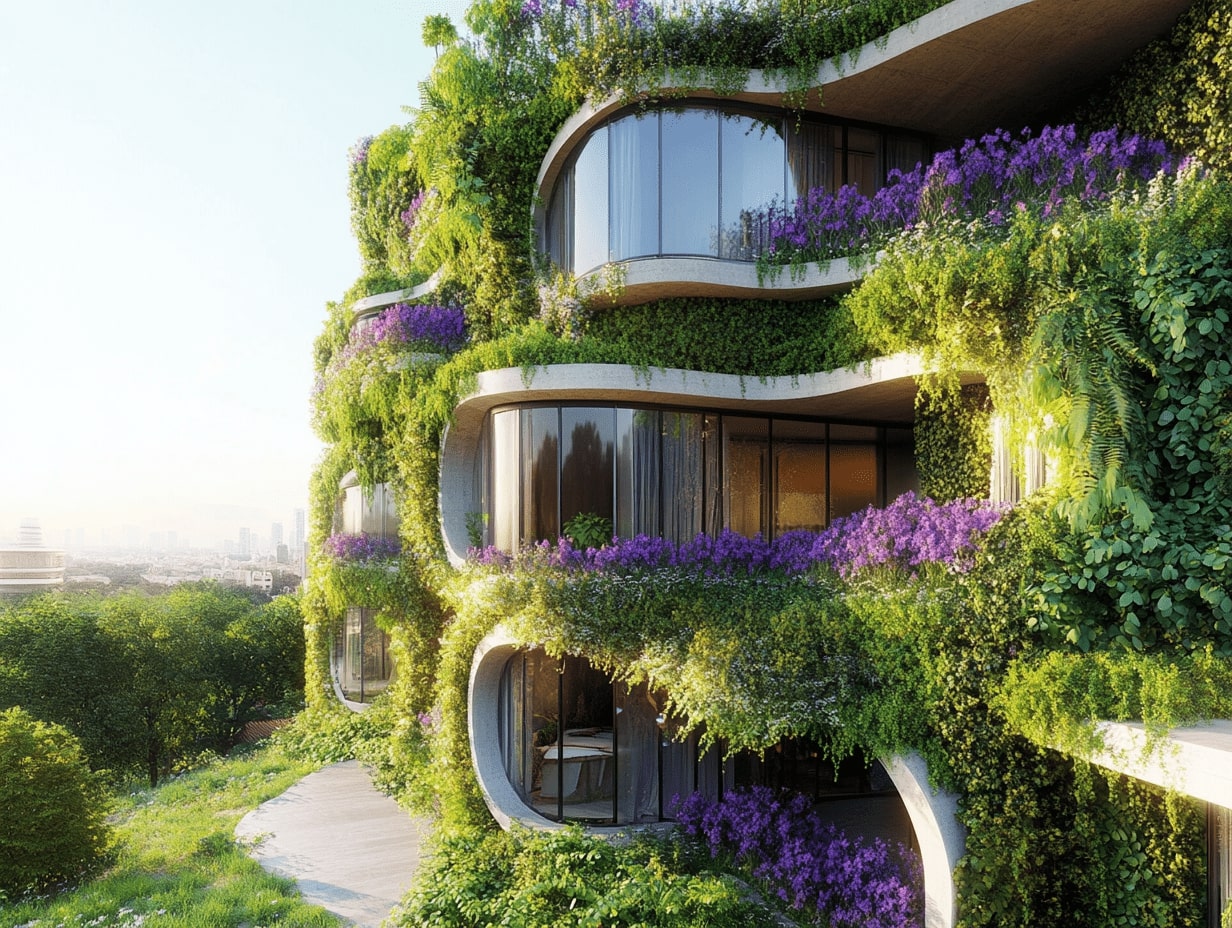
As we stand at the crossroads of innovation and sustainability, the future of architecture is more exciting than ever. With rapid advancements in technology and a growing emphasis on environmental responsibility, architects are reimagining the spaces we inhabit. From smart buildings that adapt to our needs to eco-friendly materials that minimize our carbon footprint, the possibilities are endless.
We’re not just witnessing a shift in design aesthetics; we’re embracing a holistic approach that prioritizes well-being and community. As cities expand and populations grow, the way we design our environments will play a crucial role in shaping a better tomorrow. Join us as we explore the trends and ideas that are set to redefine architecture in the years to come.

Table of Contents
ToggleThe Future of Architecture: An Overview
The future of architecture centers on innovation, sustainability, and community-focused designs. Architects leverage advanced technologies, like artificial intelligence and virtual reality, to enhance the design process and provide immersive experiences. Smart buildings equipped with IoT technology optimize energy efficiency and improve occupant comfort.
Sustainability remains crucial. We encounter eco-friendly materials such as recycled composites and bio-based substances, which minimize environmental impact. Architects incorporate green roofs, solar panels, and rainwater harvesting systems into their designs, enabling structures to coexist harmoniously with nature.
As urban populations rise, dense living environments require adaptable designs. Modular architecture offers flexibility, allowing buildings to evolve over time, accommodating changing needs. Smart city concepts further integrate architecture with transportation, energy, and waste management systems—forging a cohesive urban ecosystem.
Holistic design approaches prioritize occupant well-being and community engagement. We witness a trend toward mixed-use developments that foster social interaction, reduce reliance on vehicles, and enhance quality of life. Architects increasingly emphasize biophilic design, incorporating natural elements that promote health and wellness within urban spaces.
The future of architecture unfolds through a combination of cutting-edge technology, sustainable practices, and community-oriented design principles that adapt to the evolving needs of society.
Emerging Trends in Architecture
Emerging trends in architecture emphasize innovation and sustainability. We observe advancements that shape the built environment while addressing contemporary challenges.

Sustainable Design
Sustainable design focuses on minimizing environmental impact and maximizing resource efficiency. Architects employ eco-friendly materials such as recycled composites and bio-based substances. Features like green roofs, solar panels, and rainwater harvesting systems enhance both energy efficiency and natural aesthetics. We embrace a holistic approach, integrating sustainable practices into every aspect of design. This commitment not only reduces carbon footprints but also prioritizes occupant health and well-being.
Smart Buildings
Smart buildings leverage advanced technology to optimize performance and enhance user experience. We utilize sensors and automated systems to monitor and adjust lighting, temperature, and energy consumption in real time. Integration of Internet of Things (IoT) devices creates seamless connectivity, allowing for efficient management of resources. By incorporating data analytics, architects design spaces that adapt to occupants’ needs while promoting sustainability. Smart buildings represent a forward-thinking evolution of architectural design that responds to growing urban demands.
Technology’s Impact on Architecture
Technology reshapes architecture, driving innovation while enhancing sustainability. We explore key advancements, such as virtual reality (VR) and artificial intelligence (AI), that redefine how we design and experience spaces.

Virtual Reality and Augmented Reality
Virtual reality and augmented reality transform design processes and client interactions. We utilize VR to create immersive walkthroughs of projects before construction, enabling stakeholders to experience designs in real-time and provide valuable feedback. This technology minimizes miscommunication and aligns expectations. Augmented reality overlays digital information on the physical world, facilitating on-site visualization of proposed changes. By employing these tools, we enhance collaboration and streamline decision-making, leading to more effective design outcomes.
Artificial Intelligence in Design
Artificial intelligence revolutionizes architectural design through data-driven insights. We apply AI to analyze vast amounts of data, identifying patterns that inform sustainable and efficient design solutions. AI algorithms assist in optimizing layouts, energy usage, and material selection, ensuring that our designs meet both aesthetic and performance criteria. Parametric design tools, powered by AI, allow us to create adaptable structures that can evolve with user needs and environmental changes. This integration of intelligence in our processes leads to smarter, more responsive buildings that enhance user experience and promote sustainability.
Social and Cultural Influences on Architecture
Social and cultural factors significantly shape the evolution of architecture. As we explore these influences, we see how urbanization and globalization intertwine, impacting design decisions and community interactions.

Urbanization and Community Needs
Urbanization accelerates the demand for functional and inclusive spaces. We observe an increasing emphasis on community needs within architectural design. Architects actively engage with local populations, understanding their preferences and lifestyles. This engagement fosters mixed-use developments that combine residential, commercial, and recreational areas, encouraging social interaction.
The rise of pedestrian-friendly environments enhances accessibility and promotes public transportation that supports sustainable living. Moreover, adaptable spaces accommodate diverse activities and demographics, ensuring long-term viability. The implementation of public spaces, such as parks and plazas, enhances community cohesion and promotes well-being, reflecting a shift towards human-centered design.
Globalization and Architectural Styles
Globalization introduces a fusion of architectural styles and cultural influences. We recognize how international collaboration enriches design possibilities, integrating diverse aesthetics and techniques. This blending results in unique hybrid designs that resonate with local identities while embracing global trends.
Architects draw on materials and methodologies from various cultures, optimizing resource use and enhancing sustainability. We see iconic structures that reflect regional climates and materials, demonstrating a commitment to authenticity. Additionally, advancements in technology facilitate cross-border collaborations, allowing architects to adapt successful design strategies from one region to another.
By understanding these influences, we advocate for a future where architecture responds to social dynamics and cultural narratives, creating spaces that reflect the diverse fabric of communities.
Challenges Facing the Future of Architecture
Architects face various challenges that could impact the evolution of architectural practices. Addressing these issues is essential for a sustainable and innovative future in the built environment.

Environmental Concerns
Environmental concerns pose significant challenges to architecture’s future. Climate change drives the need for energy-efficient designs that lower carbon footprints. We must prioritize renewable materials, focusing on those that minimize environmental harm. Utilizing sustainable practices, such as incorporating natural ventilation and maximizing daylight, enhances occupant comfort while reducing energy consumption. Architects also must consider local ecosystems, ensuring that projects coexist harmoniously with their surroundings. Developing strategies for climate resilience, including flood-resistant designs and heat-reducing materials, is crucial for adapting to increasingly extreme weather events.
Economic Factors
Economic factors significantly influence architectural projects. Budget constraints often limit the selection of materials and innovations, impacting design quality. We must navigate fluctuating construction costs and labor shortages while striving for efficiency. Economic pressures also affect client expectations, which can lead to compromises on sustainability and aesthetic goals. Architects should explore cost-effective solutions, such as prefabricated elements, to streamline construction and reduce waste. Engaging in public-private partnerships can provide additional funding opportunities for ambitious projects, fostering collaboration between sectors for better-designed communities. Emphasizing long-term value and return on investment will help justify sustainable practices to stakeholders.
Conclusion
The future of architecture integrates innovation and sustainability, responding to the needs of modern society. We see advancements in technology, including AI and VR, enhancing the design process and cultivating immersive experiences. Architects prioritize environmental responsibility, opting for eco-friendly materials and integrating systems like green roofs and solar panels to minimize impact.
Adaptable designs become essential as urban populations grow. Modular architecture provides flexibility for evolving needs, while smart city concepts connect architecture with transportation, energy, and waste management, forming cohesive urban ecosystems. We emphasize a holistic design approach that promotes occupant well-being and fosters community engagement.
Smart buildings thrive in this future, leveraging technology to optimize performance. Sensors and automated systems adjust variables like lighting and temperature in real time, while IoT devices enhance connectivity and resource management. Data analytics inform design adjustments tailored to occupant needs.
Technological advancements drive innovation while maintaining sustainability. We recognize the transformative power of VR and AR in design processes, facilitating immersive experiences that improve collaboration. AI analyzes data and optimizes layouts for sustainable solutions, resulting in responsive buildings.
Social and cultural influences significantly impact architecture. Urbanization amplifies the demand for functional spaces, prompting architects to engage local communities in creating mixed-use developments that encourage interaction. Pedestrian-friendly environments enhance accessibility and support sustainable living.
Globalization also plays a vital role, blending architectural styles and cultural influences. This fusion leads to innovative designs that resonate with local identities while embracing global trends. Architects draw inspiration from diverse materials and methodologies, optimizing resources for sustainable outcomes.
However, challenges remain, primarily environmental concerns and economic factors. Climate change drives energy-efficient designs and renewable material usage, requiring projects to align with local ecosystems. Economic pressures, including budget constraints and fluctuating costs, can influence design quality and sustainability. Exploring cost-effective solutions like prefabricated elements and fostering public-private partnerships enhances collaboration and justifies sustainable practices.
The architecture of the future flourishes through the synergy of technology, sustainability, and community-oriented principles, addressing society’s evolving needs while reflecting the diverse identities of our communities.
- adaptive architecture
- Architectural Innovation
- architecture and technology
- architecture trends 2025
- circular design
- climate-resilient design
- digital architecture
- Eco-Friendly Construction
- Environmental Architecture
- future design strategies
- Future of Architecture
- green building
- innovative architecture trends
- modular construction
- net-zero buildings
- renewable materials
- smart architecture
- Smart City Design
- Sustainable Design
- sustainable urban planning
Submit your architectural projects
Follow these steps for submission your project. Submission FormLatest Posts
Building with Purpose: Creating Meaningful Spaces for Community and Sustainability
Explore the transformative power of purposeful building in our fast-paced world. This...
Architectural Concept Ideas: Inspiring Designs for Functionality, Aesthetics, and Sustainability
Discover the essence of architectural concepts and their role in shaping innovative,...
How to Find Architectural Ideas: Creative Tips and Inspiration for Unique Designs
Discover practical strategies to find architectural inspiration from nature, history, art, and...
Architectural Design Development: Key Stages, Tools, Challenges, and Future Trends
Explore the transformative process of architectural design development, where creativity meets precision....





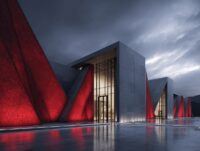
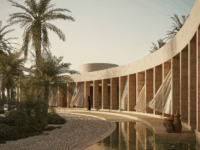
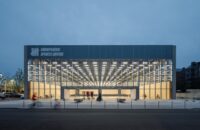
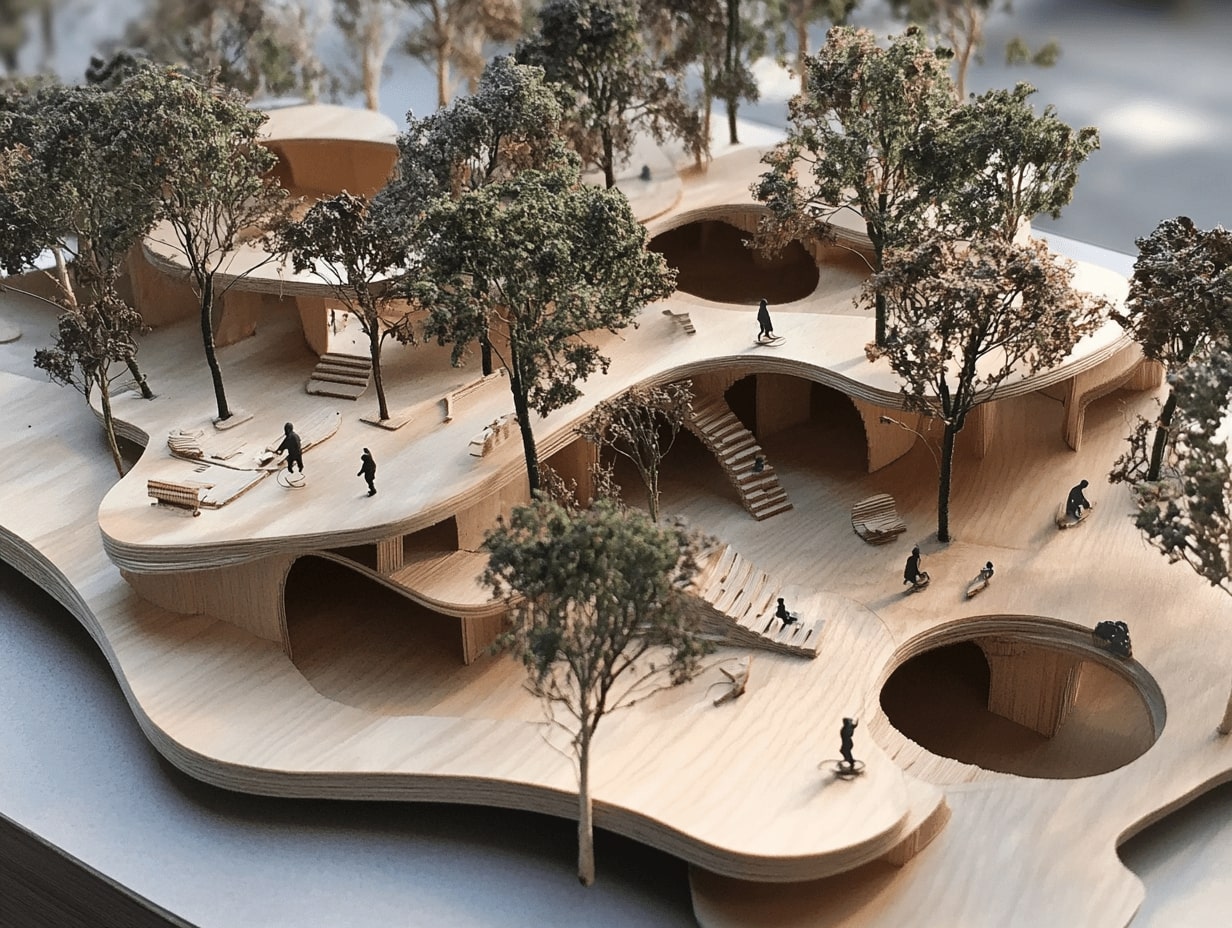
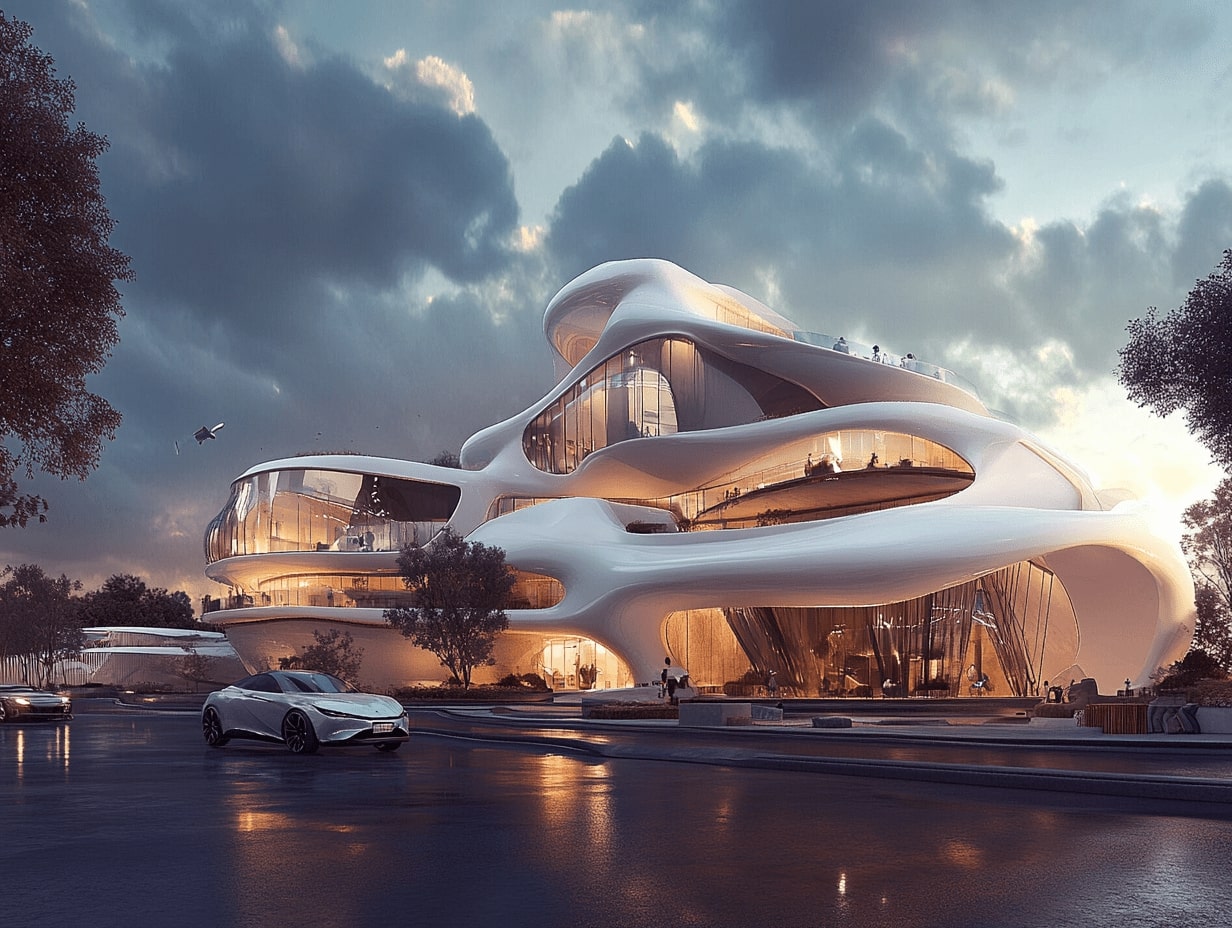


Leave a comment